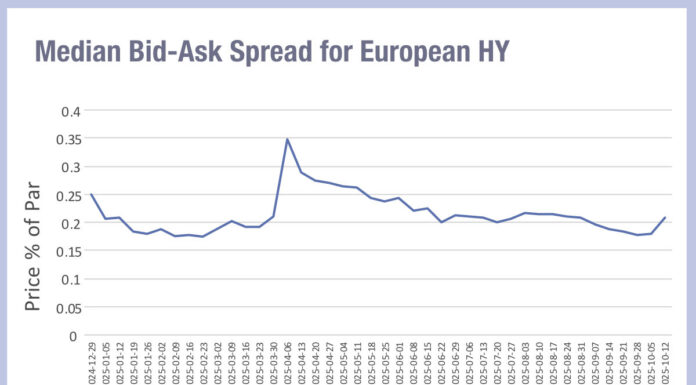While there are still questions around the effect of US Treasury reforms on market structure, many buy-side traders will be focused on the impact that clearing will have and whether all-to-all trading will remain a viable option in the market.
Clearing will come into effect – specifically for proprietary trading firms and dealers – at the end of 2025 for cash treasuries. It will come into effect for the majority of the market in mid-2026 for treasury repo, as per the rules announced in December 2023.
“Margining practices are important for all asset classes, including highly liquid assets such as Treasury securities,” said Michael Barr, vice chair for supervision at the New York Federal Reserve Bank, speaking in February 2024. “The strength of the Treasury markets relies on its resilience and elasticity in both normal times and episodes of stress. Prudent margin practices both protect banks extending credit against safe assets and promote market functioning, as they limit the extent to which firms can obtain outsized positions that require disorderly liquidation and exacerbate price volatility. As noted in a previous speech, liquidation of leveraged Treasury positions by hedge funds appears to have contributed to the Treasury market stress in March 2020.”
Understanding that there are a number of different entity types outside of simple ‘buy-side’ ‘sell-side’ dynamics has been key to the development of Treasury market reform, including hedge funds whose leverage could pose a counterparty risk, and prop trading firms who act as market makers but withtou the historical prudential oversight of bank market makers.
“There’s still a number of open questions that the industry is wrestling with such as, will there be other clearing houses other than FICC entering the space as competitors?” raised Tradeweb president, Tom Pluta on a Q1 earnings call. “One or more have suggested that they will enter. What are the specifics of the protocols that are introduced by clearing houses with respect to cross margining and netting and things that? Is there enough capacity for bank dealers who are sponsoring a large number of clients into the clearing houses and how will those margin costs be shared?”
Other questions will also need to be answered, such as how a buy-side firm can engage with all-to-all trading in the clearing environment. Although this model has been proposed by the Fed at times, if they use an investor directly connects to an interdealer broker platform, they risk falling into the realm of clearing trades as prop trading firms are now required to do. That is potentially challenging for an asset manager without the right mandate from an investor. If they use an alternative model, the question will be whether the platform can provide all-to-all trading as exists in credit or not?
Meanwhile, the electronic interdealer (D2D) market for US Treasuries, historically dominated by Brokertec but losing ground since its acquisition by CME, is facing a stiff fight between CME, Bloomberg and Tradeweb. CME also faces competition in the futures space from BGC Group’s FMX exchange which is due to launch this year.
CME reports liquidity from cash Treasury trading has been migrating to Treasury futures, and if that trend continues, market structure may change further, creating a new front for serious competition.
©Markets Media Europe 2024
©Markets Media Europe 2025










